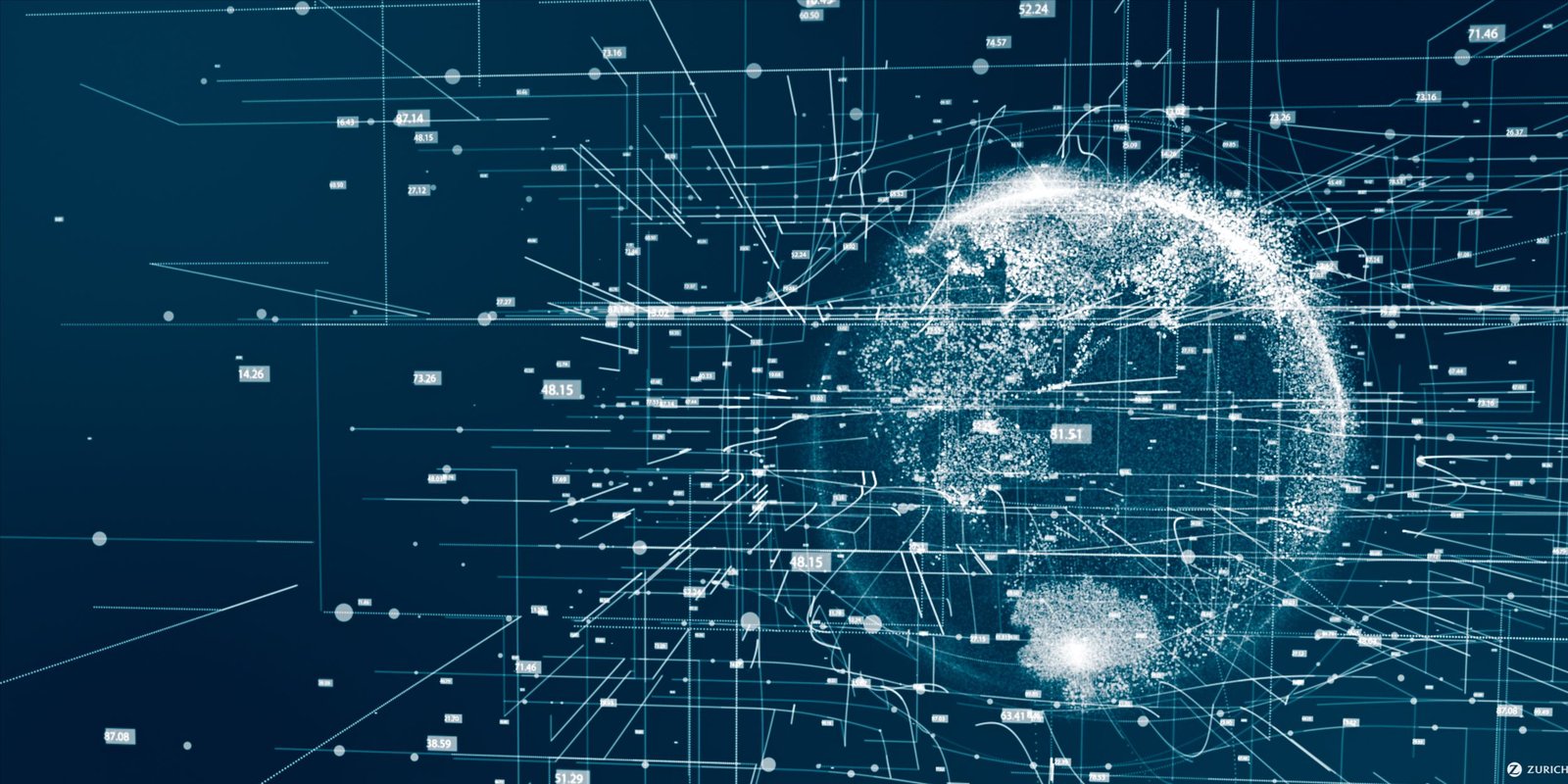AI - Transforming Industrial Automation
September 13, 2024
Industrial automation has evolved significantly from the mechanical machinery of the early 19th century to the digital advancements of the 20th century. Today, the integration of artificial intelligence (AI) into industrial automation is revolutionizing manufacturing processes, optimizing production, reducing downtime, and enhancing quality control. However, these advancements also introduce significant risks that must be managed. In this article, Zurich Nordic’s risk engineer Manish Bhanu explores the evolving role of AI in industrial automation, highlighting both the opportunities and the necessary precautions, with a focus on the Nordic region.
Benefits of AI in industrial automation
AI is revolutionizing industrial automation, delivering substantial benefits that enhance operational efficiency, production quality, and predictive maintenance. One of the primary advantages is the significant improvement in operational efficiency through real-time data analysis. AI systems can process vast amounts of data from various stages of production, allowing manufacturers to optimize their processes dynamically. This real-time analysis helps in identifying and rectifying bottlenecks promptly, leading to more streamlined operations and reduced waste. For instance, by continuously monitoring production lines, AI can adjust parameters to maintain optimal performance, thus minimizing downtime and maximizing throughput.
Another critical benefit is the enhancement of production quality. AI-driven systems can detect defects and anomalies much earlier in the production process, ensuring that only products meeting the highest quality standards are released. This capability is especially valuable in industries where precision and reliability are crucial, such as aerospace and automotive manufacturing. Early detection of defects not only reduces the costs associated with rework and recalls but also enhances customer satisfaction by delivering products that meet stringent quality criteria. By integrating AI into quality control processes, manufacturers can achieve higher consistency and reliability in their outputs.
Predictive maintenance is another area where AI offers substantial benefits. Traditional maintenance approaches often rely on scheduled inspections and reactive repairs, which can result in unexpected downtime and high repair costs. AI-driven predictive maintenance systems, on the other hand, analyse data from equipment sensors to predict potential failures before they occur. This proactive approach minimizes downtime, reduces maintenance costs, and extends the lifespan of machinery. By ensuring that equipment operates reliably and efficiently, predictive maintenance contributes to overall productivity and profitability. Companies can avoid the costly consequences of unexpected breakdowns and improve their operational resilience.
Challenges and concerns
Despite the numerous benefits, the integration of AI in industrial automation also presents significant challenges and concerns that need to be addressed. One of the foremost concerns is the potential for job displacement. As AI-driven automation takes over routine and repetitive tasks, there is a risk of significant job losses, which can have far-reaching social and economic implications. This potential displacement necessitates a strategic approach to workforce planning, including initiatives for upskilling and reskilling employees. Companies must invest in comprehensive training programs to equip their workforce with the skills needed to thrive in an AI-driven environment, thus mitigating the adverse effects on employment.
Data security and privacy are also critical concerns. AI systems rely on vast amounts of data to function effectively, and it often includes sensitive information. Protecting this data from unauthorized access and potential breaches is paramount. Robust cybersecurity measures are essential to safeguard it and maintain the integrity of AI systems. Additionally, companies must ensure compliance with data protection regulations to avoid legal and reputational risks. The interconnected nature of AI systems also raises concerns about the potential for widespread impact in the event of a cyberattack, highlighting the need for comprehensive security strategies.
Another challenge is the high development and operational costs associated with AI systems. Developing, training, and maintaining AI models require significant financial and energy resources. The computational power needed for AI algorithms, especially those involving deep learning, can be substantial, leading to increased energy consumption and environmental impact. Companies must consider the sustainability of their AI operations and explore ways to reduce their environmental footprint. This may involve investing in energy-efficient hardware, optimizing algorithms for lower energy consumption, and utilizing renewable energy sources. Balancing the financial and environmental costs of AI systems is crucial for sustainable implementation.
The need for comprehensive insurance
Securing appropriate insurance coverage is an important aspect of mitigating AI risks. Companies should consider various types of insurance policies, including product liability insurance, professional indemnity insurance, and cyber insurance. These policies provide financial protection against potential claims and liabilities arising from AI-related incidents. By having robust insurance coverage in place, companies can safeguard their financial stability and ensure continuity of operations.
Zurich Resilience Solutions can help with addressing the rapidly changing risk landscape, with a new, truly holistic approach to supporting your risk management and helping you to build your resilience. We will be able to pre-empt your needs and equip you to take prompt measures to tackle challenges before they can develop. For more information contact Manish Bhanu, Liability Risk Engineer at Zurich Nordic.
References:
- AI poses challenges, offers tantalizing solutions to insurers fighting fraud
- Setterwalls. (2024, May 29). The new Product Liability Directive and AI Liability Directive – implications for medical devices with AI functionalities.
- Captives can help manage real risk of artificial intelligence
- McKinsey & Company. (2019). How artificial intelligence will transform Nordic businesses.
